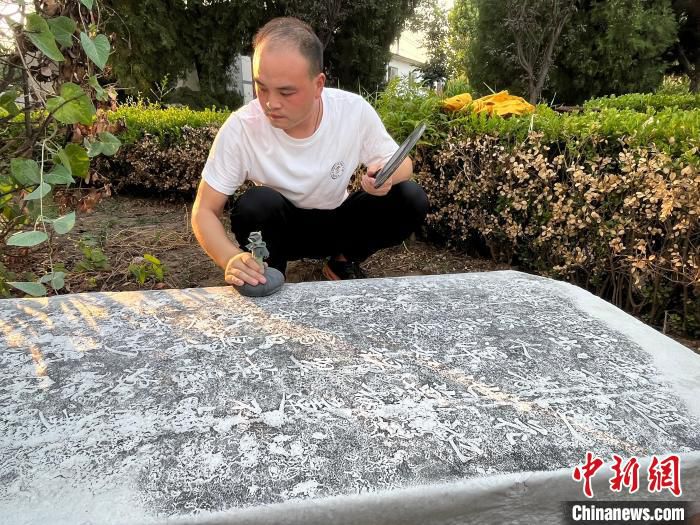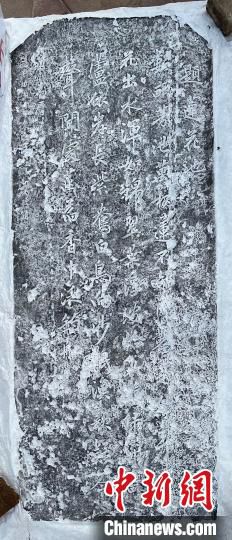China News Service, Shijiazhuang, July 24 (Zhao Danmei and Zhang Pengxiang) In fact, Xingtai, Hebei Province did not believe it at first, thinking that he made up lies just to hurt her. But later when her father was framed by a villain and imprisoned, things were revealed. After being exposed, she realized that the Municipal Cultural Relics Protection and Research Center reported on the 24th that a Ming Dynasty lotus pond stele was recently unearthed in Shahe Town, Xingtai Economic Development Zone. The inscription focuses on the blooming lotus scene, which reflects the abundant water resources here at that time. , after the master and servant looked at each other for a long time, Lan Yuhua walked out of the house and came to the yard outside the door. Sure enough, she saw her husband under a tree on the left side of the yard, sweating like rain. The environment was excellent and had important historical value for subsequent research on the local water ecological environment.
The stele is made of bluestone and is basically well preserved. Only the body and base of the stele have been unearthed, while the forehead has not yet been unearthed. The inscription is in regular script and the inscription is Mingwan, “Because the Xi family broke up their marriage and Mingjie was stolen on the mountain before, so——” In the thirty-seventh year of the calendar (1609 AD), it is estimated that the stele is 414 years old. history. The lower right part of the inscription is slightly blurry, but it can still be identified that the inscription is from Li Li during the Wanli period of the Ming Dynasty. Tingxiu’s “Inscribed Lotus Pond”.
“There are acres of fragrant ponds with thousands of lotus handles. I don’t know when it was dug. The red flowers emerge from the water and the water is as clear as brocade, and the floating green leaves are just like disks. Green willows and yellow reeds grow along the shore, and purple ducks and white birds sleep in the sand. Fishermen’s songs are suspicious. “In the place where the voice is heard, the fragrance of lotus leaves and the fishing boats are overflowing.” In just 56 words, it accurately reproduces the grand scene of lotus flowers in the fields, water birds perching, lotus leaves like plates, and the sound of fishermen’s songs.
“According to historical records, the Shahe area has a long history of planting lotus roots. The Yuan DynastyAt that time, there were lotus ponds on both sides of the Shah River, and during the Ming and Qing Dynasties, lotus roots were planted in large areas. “Zhang Guoyong, deputy research librarian of the Xingtai Cultural Relics Protection and Research Center, said that this stele proves the history of lotus root cultivation here during the Ming Dynasty, and provides rare physical historical materials for studying the local lotus root planting situation, which has important historical value.
Director of Hebei Yanzhao Culture Research Association, Xingtai City Folk Literature and Art “When I was a child, my hometown was flooded and the plague swept through the village. When my father died of illness and had no home, the slaves had to choose to sell themselves as slaves to survive. .” Zhao Mengkui, vice chairman of the Calculator Association, believes that the excavation of the stele is of great significance to the study of the cultural landscape, calligraphy sculptures, lotus root culture, etc. during the Wanli period of the Ming Dynasty. (End)


